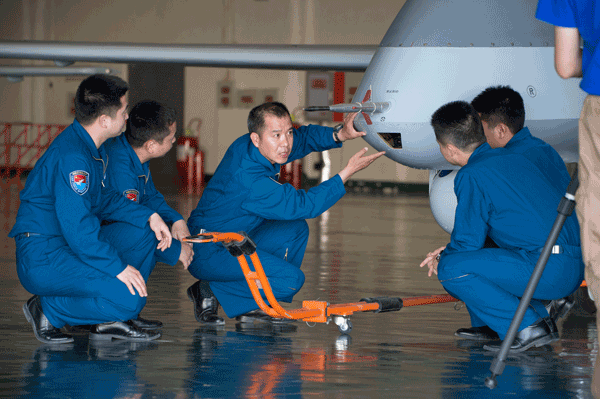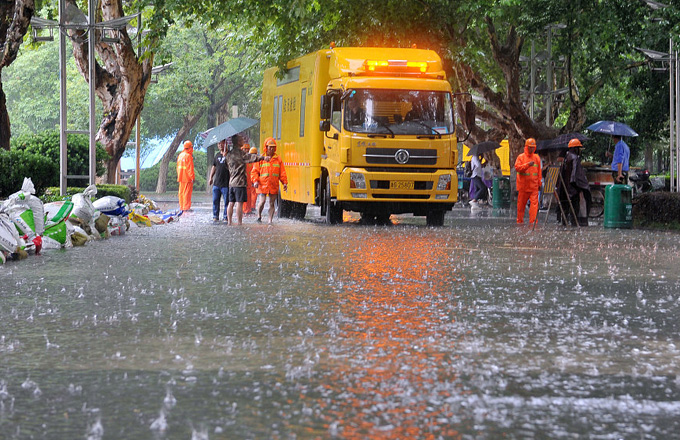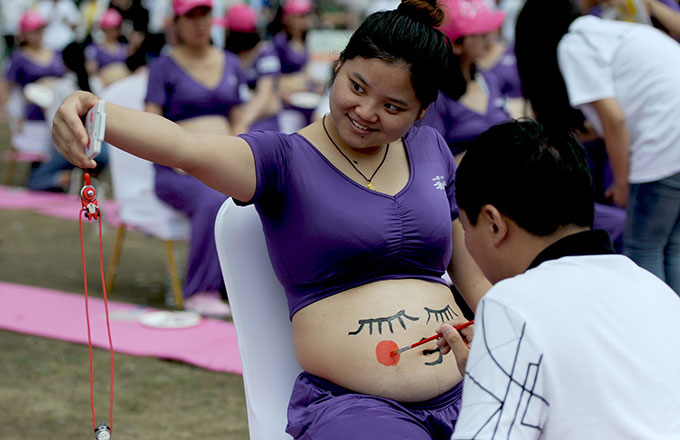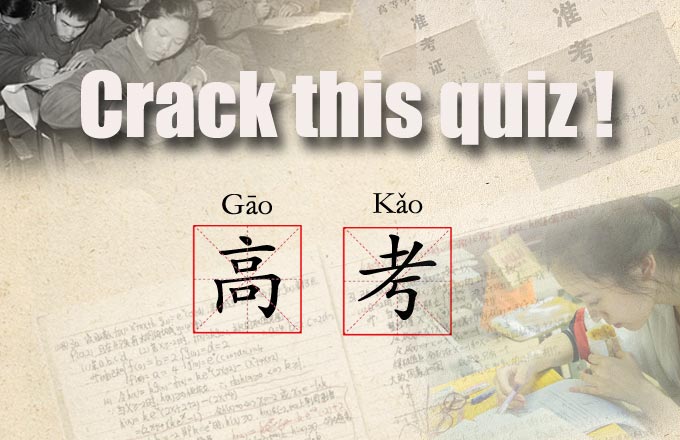Lifelong aviator takes others under his wing
 |
|
Li Hao (third from left) introduces a military unmanned aerial vehicle to new recruits at a PLA Air Force base in Gobi Desert. Photos by Yang Jun / For China Daily |
Former air force pilot now flies military drones, helps train recruits
Li Hao has been a pilot all his adult life. The 54-year-old began his career in the PLA Air Force, but in February 2011, after more than 30 years and with 3,000 flying hours under his belt, he had reached the mandatory retirement age for Chinese military aviators.
He didn't want to stop being a pilot, however. "If I didn't fly planes, I really don't know what I would do," he said.
So Li decided to become a drone pilot instead and for the last six years, has worked from a hut in the Gobi Desert.
The walls are peeling, the beds are hard and everyone shares a common bathroom, but according to Hu Bin, one of Li's friends and comrades, the former chief pilot never complains.
But switching from flying manned aircraft to unmanned drones wasn't easy.
A different way of thinking is required when flying a military drone in coordination with a crew, as opposed to piloting an aircraft on your own, Li said.
Unlike civilian drones, military unmanned aerial vehicles require a number of pilots to operate due to their size and complexity. These pilots must also have a wide breadth of knowledge in a number of different fields.
In order to keep up to date, Li is always studying and has piles of textbooks covered in notes and scrawls.
"I am old and sleep less than I once did," he said. "If I find myself awake at night, I often pass the time by studying."
One of the most difficult aspects of flying military drones is the huge amount of data that needs to be handled as part of the process.



















